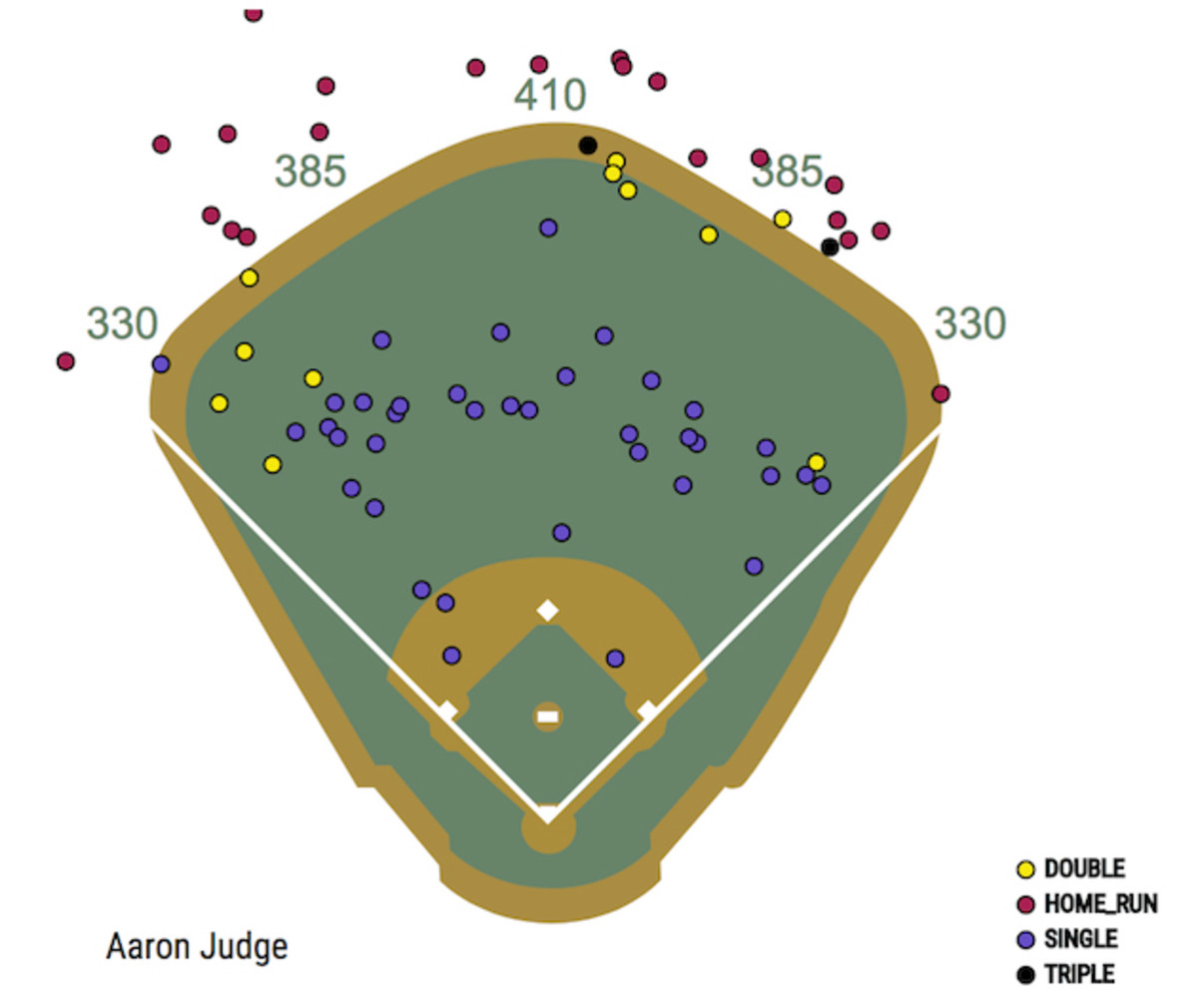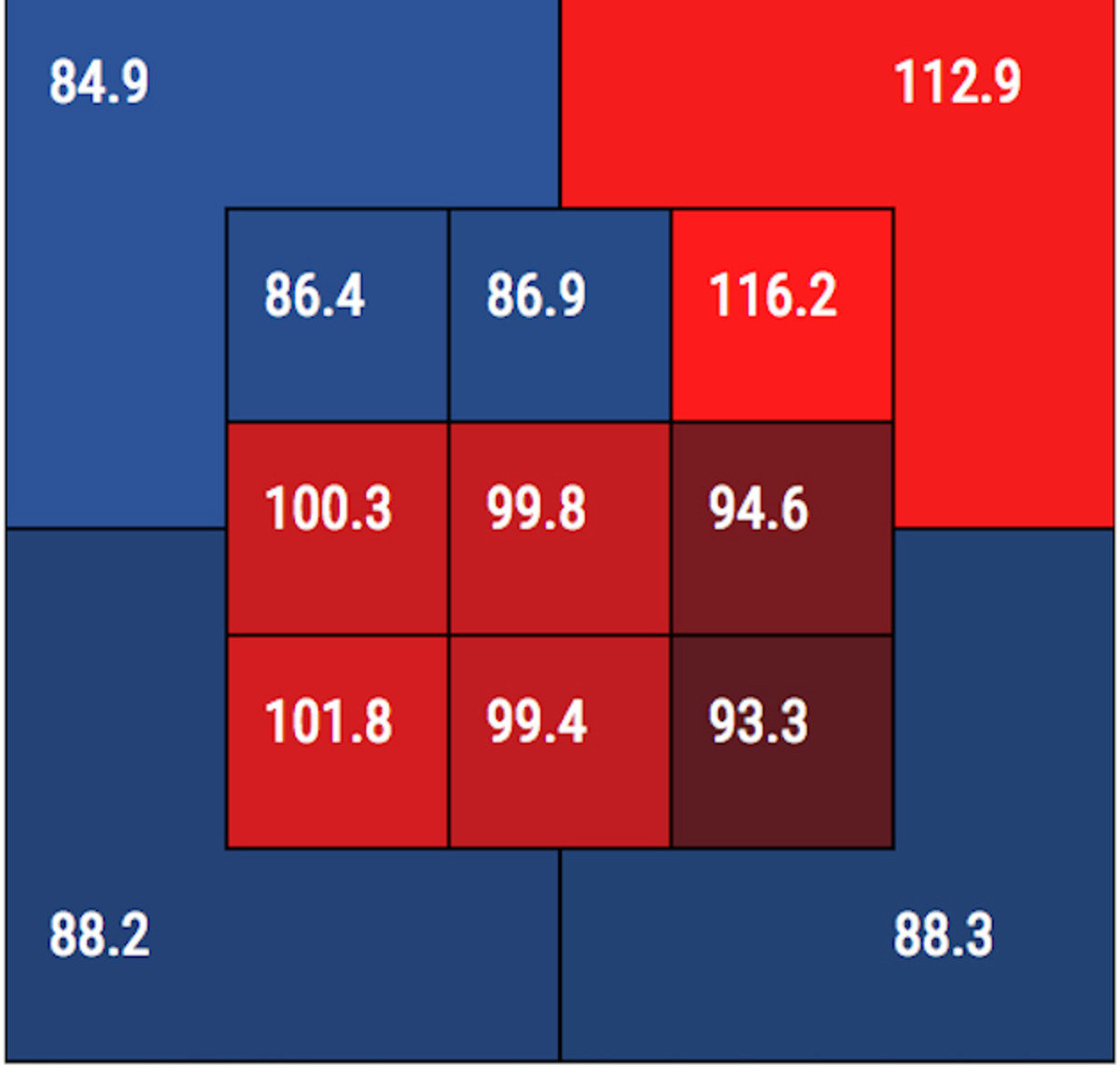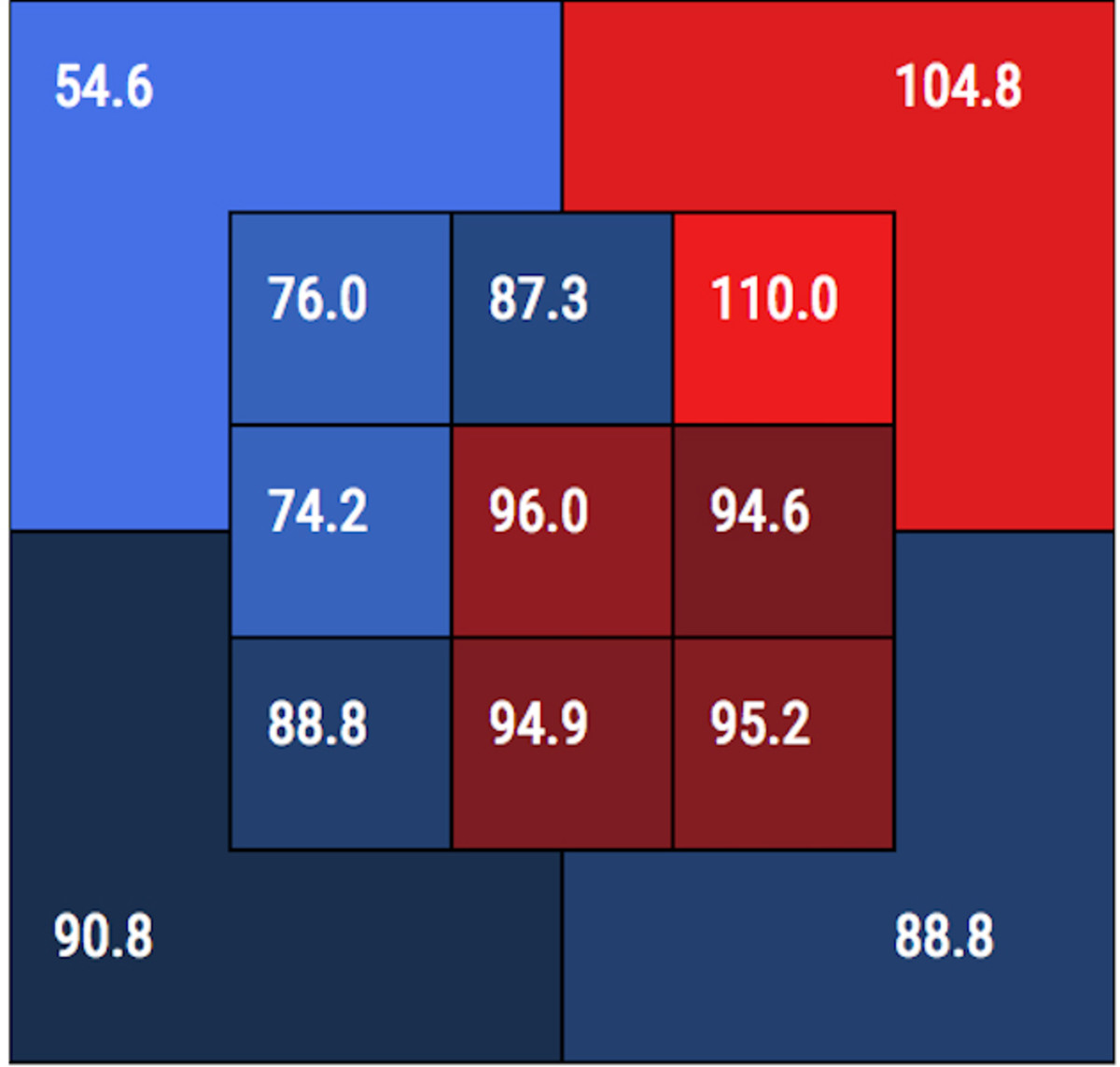Aaron Judge isn't simply a power hitter; he's having one of the best rookie seasons in history

Aaron Judge is performing feats on and off the field that aren’t typical of rookies. He has inspired his own cheering section at Yankee Stadium, he leads the majors in homers with 21, and the American League in all three Triple Crown categories. Judge could become the second player in MLB history to win a single-season home run crown as a rookie, joining Mark McGwire, who belted 49 dingers in 1987. No rookie has ever achieved the Triple Crown.
He just might if he keeps hitting homers like this.
Yesterday: Hardest hit HR (121 mph)
— SI MLB (@si_mlb) June 11, 2017
Today: Longest HR (495 feet)
A weekend in the life of Aaron Judge pic.twitter.com/2jLbaBXv4m
Judge has a long way to go before leading the league in homers or winning the Triple Crown. There is another achievement, however, that’s just as impressive and already within his sights. About 40% of the way through the season, Judge is carrying a .347/.453/.727 slash line. He could fall off considerably through the rest of the season, and still end the year clearing thresholds of .300/400/.600. Assuming he stays healthy and maintains his current pace of plate appearances per game, he’ll get another approximately 440 plate appearances and 370 at-bats this season. If he does have that many PAs and ABs in front of him, he could hit as poorly as .276/.372/.535 the rest of the way, and still finish the year north of .300/.400/.600.
Only three players in MLB history have slashed .300/.400/.600 or better as rookies. The first to do so was George Watkins in 1930. Watkins didn’t break into the majors until he was 30 years old, and he went on to have a relatively undistinguished career, but he hit .373/.415/.621 with 17 homers with the Cardinals in his rookie season. Nine years later, someone you’ve definitely heard of became the second player to check all those boxes. His name was Ted Williams, and in his rookie season with the Red Sox, he hit .327/.436/.609 with 31 homers and a league-leading 145 RBI, finishing fourth in AL MVP voting. He’d go on to have a pretty good career, if memory serves.
Aaron Judge's 495-foot blast just the latest feat in his remarkably torrid start to the season
Another 63 years passed before a third player joined the club. In 2001, Albert Pujols cruised to the NL Rookie of the Year Award by slashing .329/.403/.610 with 37 homers and 130 RBI. He’d finish in the top three in NL MVP voting in eight of the next nine years, adding three of those trophies to his mantle.
Take one more look at those slash lines and homer totals. It’s not a stretch to say that, at this point of the season, the greatest rookie year of all-time is within Judge’s reach. He’s on pace for 56 homers and 127 RBI, rounded to the nearest whole number. He could lose 122 points off his current 1.168 OPS and still finish with the highest OPS ever for a rookie. There may still be about four months of this regular season remaining, but it’s time to start thinking about Judge’s rookie year in its proper historical context.
What’s nearly as impressive is how Judge is putting his name alongside some of the game’s all-time greats. Let’s start with his spray chart. Judge has mammoth power, he strikes out a lot, and he’s seeing consistent MLB pitching for the first time as a 25-year-old rookie. He must be doing nearly all his damage pulling the ball, right? Wrong.

Judge is using all fields, and with authority. In fact, seven of his 21 homers have been hit comfortably to the opposite field, with five classified as right-center or straight-away right. Speaking of driving the ball, that’s pretty much all Judge does when he makes contact. His 49.6% hard-hit rate ranks second in the league, trailing Miguel Sano, while his 13% soft-hit rate is the 19th-lowest out of 169 qualified hitters.
While Judge swings and misses a lot, he’s also willing to take his walks. He leads the AL with 38 free passes, and his 15.3% walk rate is good for ninth in the league. He’s one of 11 players with a walk rate north of 15%, and the rest of the list reads like an MVP ballot. Mike Trout. Paul Goldschmidt. Bryce Harper. Joey Votto. Kris Bryant. If you can walk that often and hit for immense power, you’re going to be successful. Such is the case for Judge this year.
The biggest problem for pitchers is that they have yet to find a great place to pitch Judge. Courtesy of Statcast, here is his exit velocity by zone this season.

Judge’s lowest zone-specific exit velocity is 84.9 mph, and that zone covers all pitches off the plate inside above the belt, and all those that are over the plate but up out of the strike zone. All things considered 84.9 mph isn’t a bad exit velocity against those pitches.
Judge has an average exit velocity of 88.2 mph or better for 10 of the 13 zones tracked by Statcast. To give you an idea of how good that is, Mike Trout’s average exit velocity, regardless of zone, is 88.1 mph. By comparison, here’s Trout’s exit velocity by zone.

When you hit the ball this hard this consistently, good things will happen.
Understand, however, that this is out of character for Judge. He logged 670 plate appearances at the Triple-A level, hitting .252/.343/.443 with 27 homers. After at Fresno State he was older than the typical top prospect at every stop in the minors, and he still needed three full years to break through to the majors for good. There are also some troubling numbers deep in his peripheral stats.
Judge’s fly-ball rate is just 36.7%. To be fair, his line-drive rate is 25.2%, and he’s capable of hitting line drives like this one here.
UPDATE: That's now 897 feet of Aaron Judge dingers today pic.twitter.com/1H73mJ2LZR
— SI MLB (@si_mlb) June 11, 2017
When you can hit a ball like that, you don’t need to always hit true fly balls to get them to sail over the fence. Still, it’s worth noting that Judge has technically hit more grounders than fly balls this year. That’s not a good thing for someone with his skill set.
Judge’s HR/FB ratio is a staggering 41.2%. In other words, more than two-fifths of his fly balls have left the yard. There’s simply no way to sustain that rate over a full season, and it’s likely impossible to sustain that rate for a traditional half-season. What this all means is that if he doesn’t start hitting more fly balls, his home run rate could drop precipitously over the rest of the season.
Don’t let the impending regression spoil what is one of baseball’s most rollicking rookie seasons of all-time. Judge’s power is prodigious, and his plate discipline is strong enough to force pitchers to challenge him. The way he sprays the ball all over the field makes it hard for pitchers to have confidence in any portion of the strike zone, and helps guard against whiff-induced slumps. We witnessed the best 40-year-old season in history last year, courtesy of David Ortiz. This season, the other side of the Red Sox-Yankees rivalry could very well produce the best rookie season the MLB has ever seen.
